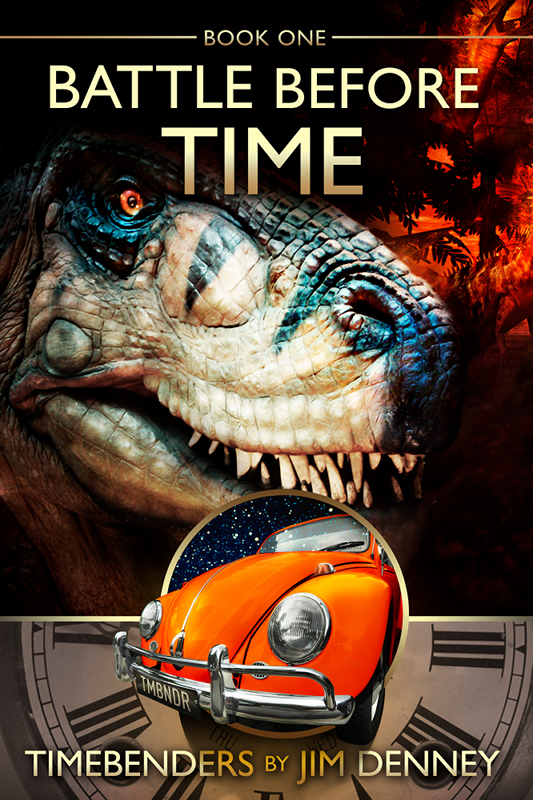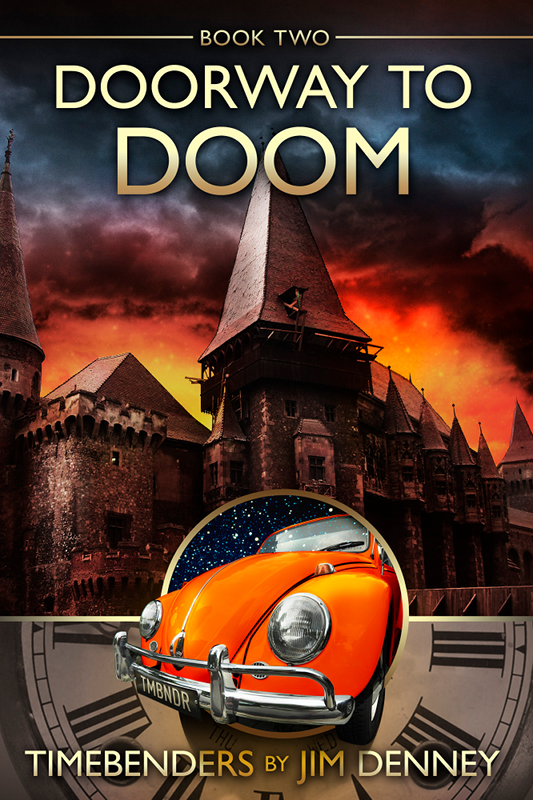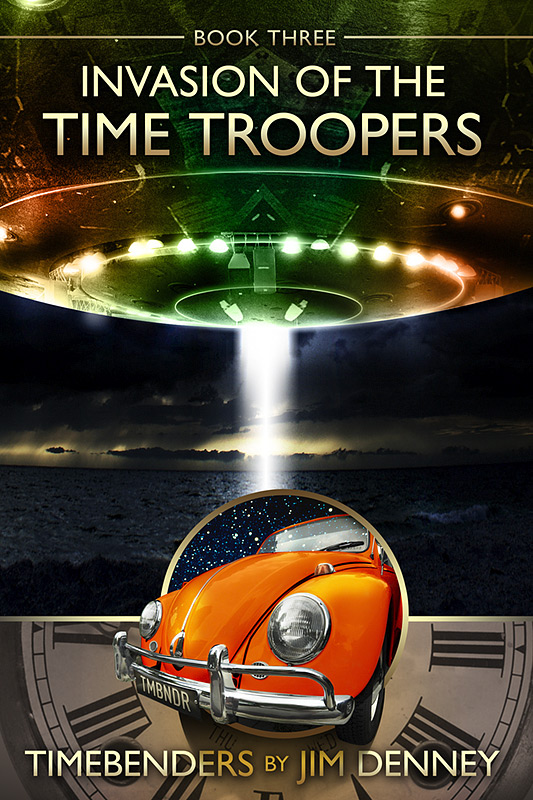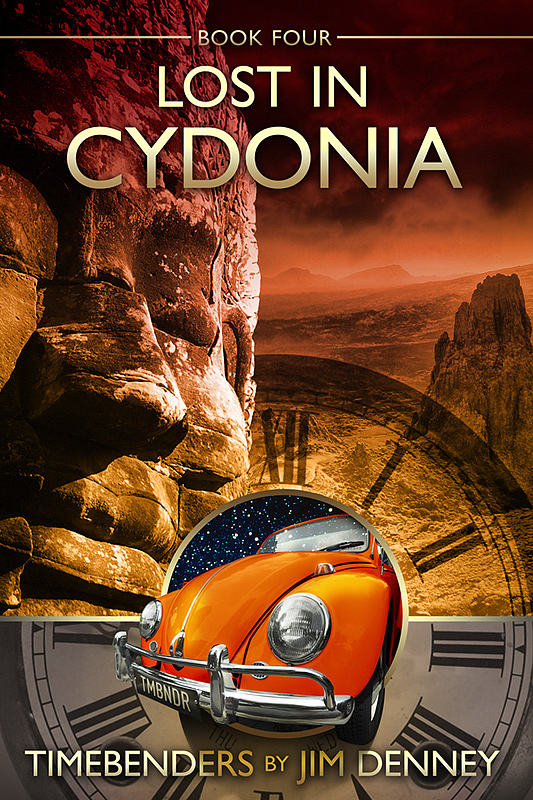For years, I’ve been promising myself a return trip to Middle Earth. It’s been at least fifteen years since I’ve read The Lord Of The Rings. Too long. Well, a couple of weeks ago, I finally took Volume One down from my shelf and began re-reading.
It’s been a long time since I last viewed the Peter Jackson film trilogy, so I was pleasantly surprised to find that I am still able to visualize the story through the lens of my own imagination, not the movie images. I still see the characters and scenes as I remember them from my first reading of the book when I was a teenager.

The Adventures of Tom Bombadil
My latest trip through Middle Earth is doubly enjoyable because I am reunited with one of my favorite Tolkien characters, Tom Bombadil, who was unfortunately omitted from the film version. I’ve always thought it was a mistake for Jackson to leave Tom Bombadil out of the movie.
Though many people think of Tom Bombadil as a minor supporting character in The Lord Of The Rings, he is actually the key to understanding Tolkien’s worldview—a worldview that saturates every page of the trilogy. Tom is character of great symbolic and spiritual depth.
I’m not saying that Tolkien’s intentions are allegorical. Far from it. Tolkien himself once wrote, “I cordially dislike allegory in all its manifestations, and always have done so since I grew old and wary enough to detect its presence.” In other words, Tolkien disliked stories in which various characters and story elements are mere symbols intended to teach the reader some sort of lesson.
When Tolkien stated his dislike of allegory, I’m sure he had in mind stories like Bunyan’s The Pilgrim’s Progress, in which the protagonist (named Christian) journeys toward the Celestial City (heaven), carrying a heavy burden (sin), and meets various characters along the way with names like Evangelist, Obstinate, Pliable, Help, Mr. Worldly Wiseman, Mr. Legality, and on and on. Tolkien’s close friend, C. S. Lewis, captured Tolkien’s viewpoint in a December 7, 1929, letter, saying that some of Tolkien’s early material (which later evolved into the Rings trilogy) had “mythical value: the essence of myth being that it should have no taint of allegory to the maker and yet should suggest incipient allegories to the reader.”
As a mythmaker and storyteller, Tolkien knew that his first duty was to tell his tale and captivate the reader. There is not a single sentence in the entire three-volume work that is deliberately intended to teach the reader a lesson. Yet, as you read, you encounter, again and again, images, phrases, snatches of dialogue that have “the ring of truth.” These story elements touch our souls as glimpses of an underlying truth—but never as a “lesson” or “the moral to the story.” These glimpses never intrude on our enjoyment of the tale. If we fail to recognize them, no matter—the story still enthralls. If we catch Tolkien’s deeper meaning, our reading experience is that much richer.
So I’m not suggesting that Tom Bombadil is an allegorical figure, or that The Lord Of The Rings as an allegory at all. Yes, there is Christ imagery in The Lord Of The Rings, and it is resonates powerfully in the Christian soul. In fact, the tale contains not one Christ figure, but three: Gandalf the Grey, Frodo Baggins, and Aragorn (Strider). These three figures resonate with the three biblical roles of Jesus Christ—prophet, priest, and king—and each of these figures undergoes a symbolic death and resurrection.
Gandalf represents Christ the prophet. He is the one who understands Deep Wisdom. Like the prophets of the Bible, he is not as much concerned with foretelling the future as with “telling forth” the deep truths that Frodo and the rest of the Fellowship of the Ring need to know. Like Christ, Gandalf sacrifices himself for his friends in the mines of Moria—and later rises again, changed and glorified.
Frodo represents Christ the priest. He is the Christ figure who carries the sin of the world—the Ring. As Christ bore the cross along the Via Dolorosa, Frodo the Ring-bearer carries the crushing weight of the Ring. He takes the Ring to the gates of hell itself, the Cracks of Doom. As Christ defeated sin on the cross, Frodo succeeds in unmaking the Ring. Frodo even undergoes death (after his battle with the giant spider Shelob) and resurrection. In the end, Frodo experiences an ascension into Paradise when he sails with the elves to Valinor, the Undying Lands.
Aragorn represents Christ the King. The third volume of the Rings trilogy, The Return of the King, is named for Aragorn. He is a king who, like Christ, has left his kingdom and is destined, according to prophecy, to return and regain his throne. In Aragorn, there’s a resonance of the second coming of Christ. There is also a scene in which Aragorn descends into “hell” in order to find the ghostly Dead Men of Dunharrow.
Is there a being in The Lord of the Rings that corresponds to God the Father or God the Creator? Yes. He is known as Eru Ilúvatar (which means in Elvish, “The One, the Father of All”). He is a remote presence, rarely referred to in The Lord of the Rings, yet there is a sense in which the divine will and providence of Eru Ilúvatar weaves its way throughout the story, influencing events in the same way that the divine will of God the Father shapes human history. While God and Eru Ilúvatar both respect human free will, both are sovereign over history, and their purposes cannot be thwarted, either by Satan or by the Dark Lord.
That brings us back to Tom Bombadil. If you’ve read the trilogy, you remember that Frodo, Sam, Merry, and Pippin meet Tom Bombadil in the Old Forest when he rescues them from the evil tree spirit, Old Man Willow. He later rescues them again from the zombie-like Barrow-wights. Tom Bombadil also appears in a 1962 book of poems called The Adventures of Tom Bombadil.
Tolkien originally envisioned Tom as a merry nature spirit of the Old Forest and River—whimsical, carefree, and untouched by the cares and evils of the world. Yet Tom also possesses an irresistible power and authority. Old Man Willow and the Barrow-wights fear the power of his voice. At his command, evil creatures retreat from him. Called the “Master of wood, water, and hill,” Tom is married to Goldberry, the River-woman’s daughter. He speaks in a poetic meter, so that his dialogue lilts with a song-like rhythm.
After rescuing Frodo and the other hobbits, Tom feeds and shelters them for two nights. On the first night, Tom tells them stories, sings songs to them, and gives them advice. When he speaks to them, they lose all sense of time and experience a soul-deep healing. Tom calms their fears and tells them, “Have peace now.” He brings them joy, saying, “Let us now laugh and be glad!” As Frodo listens to Tom, time passes without any sense of feeling hungry or tired—only a sense of wonder.
At one point, Frodo asks, “Who are you, Master?” Tom replies, in part: “Eldest, that’s what I am. . . . Tom was here before the river and the trees; Tom remembers the first raindrop and the first acorn. He made paths before the Big People, and saw the Little People arriving. He was here before the Kings and the graves and the Barrow-wights. When the Elves passed westward, Tom was here already, before the seas were bent. He knew the dark under the stars when it was fearless—before the Dark Lord came from Outside.”
In an understated way, Tolkien makes it clear that Tom’s meeting and rescue of the hobbits was not a chance encounter. Tom clearly expected the four hobbits—though we are not told how he knew they were coming. It’s clear that Tom expected them because, on the hobbits’ first night in his house, Tom takes them to their guest bedroom, opens the door—and there are four beds already made up and waiting for them, with a pair of slippers beside each bed. Even before their arrival, Tom had prepared a place for each hobbit.
There’s a significant moment near the end of Book I, Chapter 7, where Tom questions Frodo about his travels, and Frodo finds he can conceal nothing from Tom. Frodo finds himself telling Tom more about his own hopes and fears than he has even told his friend Gandalf. Then Tom suddenly commands, “Show me the precious Ring!” Frodo, to his astonishment, finds Tom’s command irresistible: he takes out the Ring and hands it over.
Tom places the Ring on his own finger—yet the Ring has no effect on Tom. It doesn’t make him invisible as it would anyone else. In fact, Tom spins the Ring in the air, and the Ring vanishes with a flash. When Frodo is alarmed at the disappearance of the Ring, Tom makes it reappear and gives it to Frodo. Then Frodo, to make sure it’s the actual Ring, slips it on his finger and becomes invisible to everyone—except Tom.
Why does the Ring have no effect on Tom Bombadil? The Ring does not stir Tom to desire its power—an influence that the Ring has on everyone else, even the Christ-figures, Gandalf, Frodo and Strider/Aragorn. Just as the humanity of Christ was tested in the wilderness (Matthew 4:1-11) and the Garden of Gethsemane (Matthew 26:36-44), the three Christ-figures were tested by the Ring—and they passed the test. But Tom Bombadil, who calls himself the “Eldest,” and who “remembers the first raindrop and the first acorn,” is completely beyond the Ring’s power and influence. He is neither tested nor tempted by the Ring.
Before sending the hobbits on their way, Tom gives them sound, biblical advice to not be afraid, but to avoid evil. And he gives them a rhyme to sing if they fall into trouble. Tom promises to hear and come to their rescue. The hobbits later use this rhyme to summon Tom when they are captured by the Barrow-wights.
There’s a significant moment in Book II, Chapter 2, during the Council of Elrond in Rivendell. Elrond, the Elf Lord of Rivendell, calls Tom Bombadil by his ancient name, Iarwain Ben-adar, which means “oldest and fatherless.” He is “older than the old,” says Elrond.
When Erestor, Elrond’s chief counselor, suggests that Tom could help them because “he has a power even over the Ring,” Gandalf replies, “No, I should not put it so. Say rather that the Ring has no power over him. He is his own master. . . . [Tom] is withdrawn into a little land, within bounds that he has set, though none can see them, waiting perhaps for a change of days, and he will not step over them.”
Erestor observes that, within those bounds, “nothing seems to dismay him.” So why not give the Ring to Tom and let him keep it there, “for ever harmless”?
Gandalf rejects the idea. If Tom were given the Ring, Gandalf says, “he would soon forget it, or most likely throw it away. Such things have no hold on his mind. He would be a most unsafe guardian.”
Another elf, Glorfindel, adds his opinion that in the end, even Tom Bombadil would fall to the onslaught of the Enemy. “I think that in the end, if all else is conquered, Bombadil will fall, Last as he was First; and then Night will come.”
Who or what does Tom Bombadil—Iarwain Ben-adar, the oldest and fatherless—symbolize? Or should we avoid reading any hidden meaning into this character?
The answer will be revealed in Part 2.







Raewyn Hewitt
/ July 5, 2012I loved this post. TLOTR is one of my all time favourite books, because of the timeless themes and amazing imagery. And yet I’d never thought of Gandalf, Frodo and Aragorn as representing the different roles of Christ. More things to consider in the next re-read!
I must admit when I was younger I used to skip over the Tom Bombadil part because of all the verse. He was clearly so much more than the other characters, and yet he frustrated me because he never left his ‘area’. I’m looking forward to your next installment!
Scott
/ July 5, 2012That was a great piece. As I was reading through it and thinking of comments to make, you kept making them a little later. I’ll be interested to see your conclusion. Do you include the (admittedly brief) parts about Bombadil from the Silmarillion in your analysis, or leave them out since they were pieced together from incomplete manuscripts after Tolkien’s death?
Jim Denney
/ July 5, 2012Raewyn and Scott, many thanks for your kind words on Part 1. I’ve posted Part 2, which should answer your questions. Scott, I didn’t draw on the Silmarillion because it has been a long time since I read it and I didn’t remember what insights it contained regarding Tom Bombadil. If the Silmarillion offers any insights that would enhance or contradict my views in Part 2, I’d be very interested in knowing. Raewyn, I have reread The Lord of the Rings many times, but I think this current reading is the first time I have been so powerfully impacted by Tom Bombadil. My views on Tom coalesced during this reading, and I was inspired to write this piece. Thanks for reading, commenting, and (I hope) spreading the word to your friends!
Scott
/ July 6, 2012Well, I went hunting for my copy of the Silmarillion last night and couldn’t find it. I asked my wife, who informed me that she thinks it was put in a box of seldom read books that ended up in the attic (with some old text books etc.) I seemed to recall something in there about Bombadil and his wife being mentioned in a brief, passing way without being named. (And I think it was only on about my third reading that I caught that) I used to read LOTR every year or so and the Silmarillion every ten years or so when I thought I could force myself to wade through it again. As I read it I find that it’s nothing like trying to read the Hobbit or Lord of the Rings – it probably would have been much better if Tolkien had gotten it into the format he wanted before his death and its publication. Next time I find the book and go through it, I will keep an eye out for Bombadil and let you know (but that may be a couple of years)
Jim Denney
/ July 6, 2012Thanks for looking for that Silmarillion reference, Scott. It’s fascinating to know that Tolkien imagined Middle Earth’s geography and history in such amazing detail. Thanks too for the link to my Tom Bombadil piece at your excellent site (http://scottbiddle.wordpress.com/). Wishing you great success and satisfaction in all your writing adventures. Keep in touch.